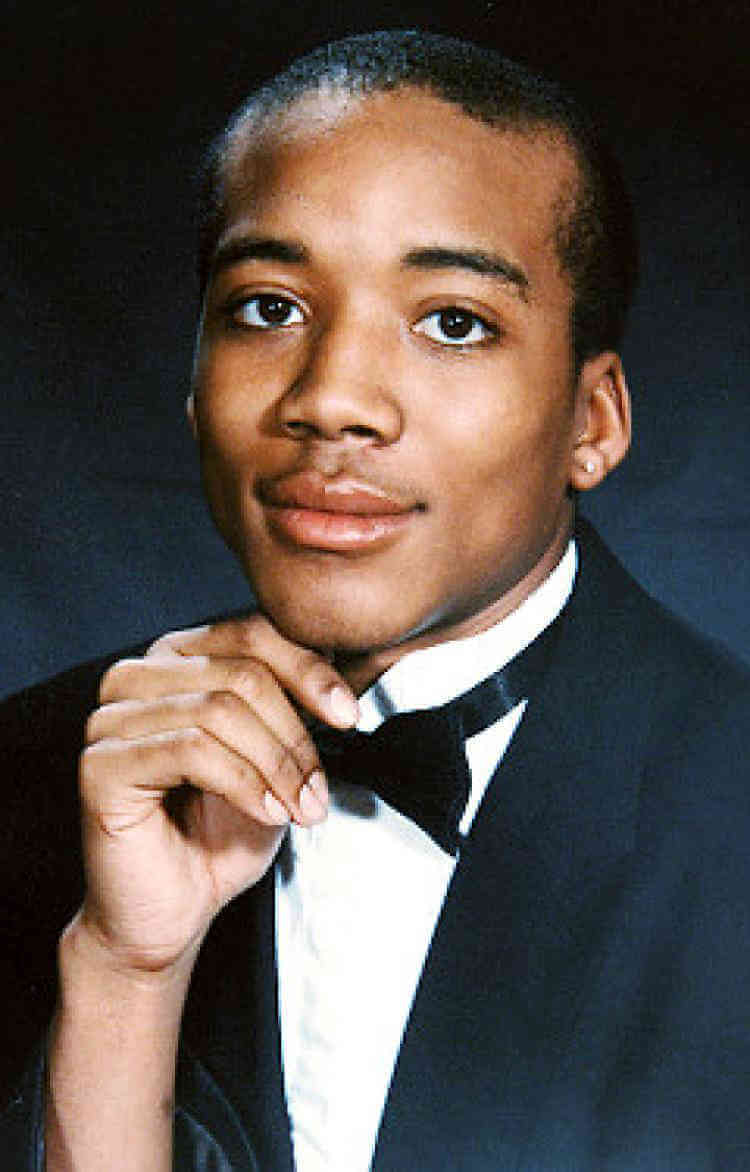The defense in the Rashawn Brazell case is saying that a key piece of evidence that linked the 19-year-old gay man to his alleged killer belonged to Brazell and not to Kwauhuru Govan, the 41-year-old man who is accused of killing Brazell in 2005 and dismembering his body.
“There was a witness that saw a bag with a very similar description to the one he was found in,” said Jonathan Strauss, who is defending Govan with Joshua Horowitz, following an August 13 hearing in the case in Brooklyn Supreme Court.
The bag is significant because Govan’s ex-wife is expected to testify that she owned the bag at some point prior to Brazell’s death and she gave it to her husband. Brazell’s body parts were found in a Brooklyn subway station and in a Brooklyn recycling station. The bag had Brazell’s blood on it and was recovered in the subway station where his body parts were found.
While there could be a plausible explanation for how Govan came to possess a bag that belonged to Brazell, such as Govan using Brazell’s bag to carry the body parts to the subway, testimony that contradicts the ex-wife could muddy evidence in what is an already difficult case. If the bag is Brazell’s, it could mean that someone other than Govan used it to carry his remains to the subway. Govan faces one count of second-degree murder in the case.
The defense sought the identity of that witness during the August 13 hearing. The defense also asked for the identity of a witness who saw Brazell being stabbed on a subway platform at some time near the time when he was reported missing.
“There was a witness who knows the victim from school who saw him being stabbed by two individuals on a subway platform,” Strauss told Gay City News.
The prosecution has said that it is aware of that stabbing and it occurred after Brazell’s body was found, Strauss said, but the defense still wants to talk to that witness. Govan is entitled to evidence that tends to prove his innocence, and Joanne Quinones, the judge in the case, instructed the Brooklyn District Attorney’s Office to give those names to the defense.
“The people are directed to turn over the names of those witnesses so the defense can investigate,” Quinones said.
The more significant challenge for the prosecution remained unresolved on August 13. Earlier this year, the defense served an alibi notice on the prosecution saying that Govan was attending a driving school in St. Louis during the week that Brazell was killed.
“The limited records they had verified he was enrolled in the program and was credited with a significant number of hours that week,” Strauss told Gay City News following a June 19 hearing.
While statements made in court indicate that the records do not definitively place Govan in St. Louis at the time Brazell was murdered, the records at least suggest the prosecution may have to explain a more complex timeline for the killing in which the defendant traveled from St. Louis to Brooklyn to commit the murder.
Danielle Reddan, an assistant district attorney who is prosecuting the case with Leila Rosini, a senior assistant district attorney, told Quinones that her office had subpoenaed records from the school.
“The people are continuing to investigate,” Reddan said on August 13.
During the June 19 hearing, Rosini said, “We do have that he did not complete the school.”
In 2016, the cold case units in the NYPD and the Brooklyn District Attorney’s Office matched Govan’s DNA to DNA found under the fingernails of Sharabia Thomas, a 17-year-old whose body was discovered in two laundry bags in an alley in Brooklyn’s Bushwick neighborhood. Govan was convicted on kidnapping and murder charges in the 2004 Thomas killing last year. He was sentenced to 25-to-life in that case.
At the time, police determined that Govan lived across the street from Brazell. The prosecution has other evidence that it has not publicly disclosed.



































